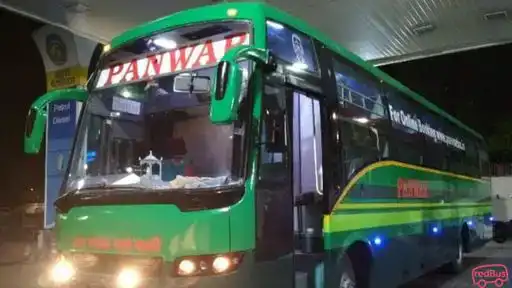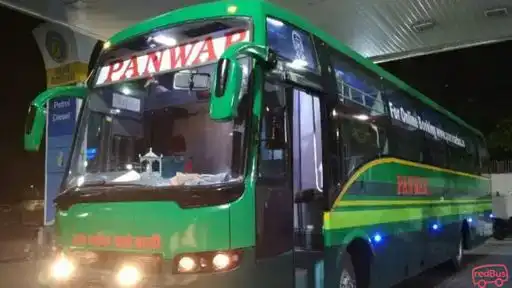Durgapur, often called the Steel City of Eastern India, is an industrial metropolis in the Burdwan district of West Bengal. Designed by two American architects, Joseph Allen Stein and Benjamin Polk, it was one of India's first planned cities in the late 1950s. Today, it is a testament to modern industrial development combined with urban planning.
Historical Significance
Though primarily known for its post-independence development into an industrial hub, Durgapur has historical roots dating back to the days of the Mughals and the British Raj. The transformation from a largely rural area to an industrial powerhouse began in the early 1960s with the establishment of several major steel plants and other heavy industries.
Industry and Economy
Durgapur is dominated by the steel industry, with the Durgapur Steel Plant (DSP) being one of the major plants operated by the Steel Authority of India Limited (SAIL). In addition to steel, Durgapur has diversified into engineering, power generation, and various manufacturing industries, making it one of the fastest-growing industrial cities in India.
Culture
Durgapur's culture blends traditional and contemporary influences. Its diverse population has migrated from different parts of India, bringing together a variety of cultural practices, languages, and cuisines. The city celebrates all major Indian festivals, with Durga Puja being the most prominent. It attracts large crowds and features elaborate public displays.
Food
Cuisine in Durgapur reflects the diversity of its population, featuring dishes from Bengali and other regional Indian cuisines. Rice and fish are staples, with local sweets like rasgullas and Sandesh being popular among residents.
Language
Bengali is the primary language spoken in Durgapur, although Hindi and English are also widely used, particularly in business and education.
Geography
Durgapur is strategically located about 160 kilometres northwest of Kolkata and is part of the mineral-rich region extending from Raniganj in West Bengal to Bokaro in Jharkhand. This advantageous location has facilitated its growth as an industrial city.
5 Famous Places to Visit in Durgapur
- Durgapur Barrage: A picturesque spot ideal for picnics and leisurely walks overlooking the Damodar River.
- Bhabani Pathak's Tilla: A historic and adventurous site featuring a network of tunnels associated with the Indian freedom struggle.
- Kumar Mangalam Park: A beautifully landscaped park that provides a peaceful retreat from the city's hustle.
- Anand Amusement Park: Offers recreational facilities and is a popular spot for families and children.
- Troika Park: Another amusement park in Durgapur that is perfect for a fun day out with family, featuring water games and themed rides.
Best Time to Visit Durgapur
The best time to visit Durgapur is during the cooler months from October to March when the climate is pleasant enough to explore the city and its surroundings.
Connectivity
Durgapur is well connected by road and rail. The Durgapur Railway Station is an important stop on the Howrah-Delhi line, and several major trains stop here. The city is also served by NH2 (National Highway 2), making it easily accessible by bus from Kolkata and other nearby cities. Travellers can conveniently book bus tickets through online platforms like redBus, enhancing connectivity with major urban centres.
Durgapur's unique combination of industrial might and planned urban aesthetics makes it a significant city in West Bengal’s landscape, offering insights into the development of modern industrial India.








